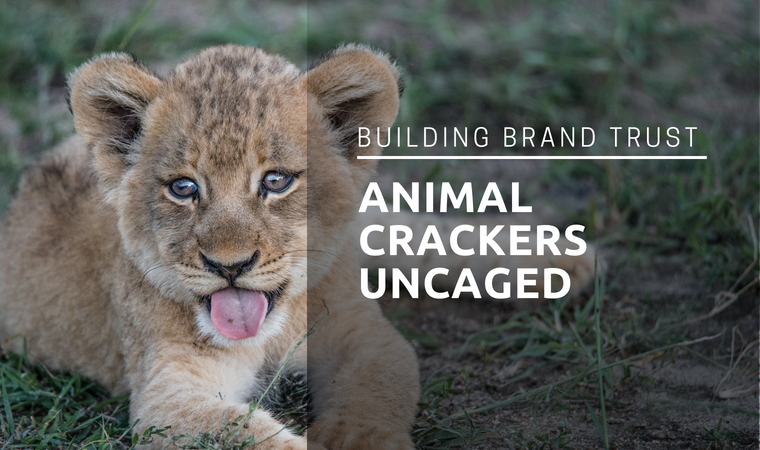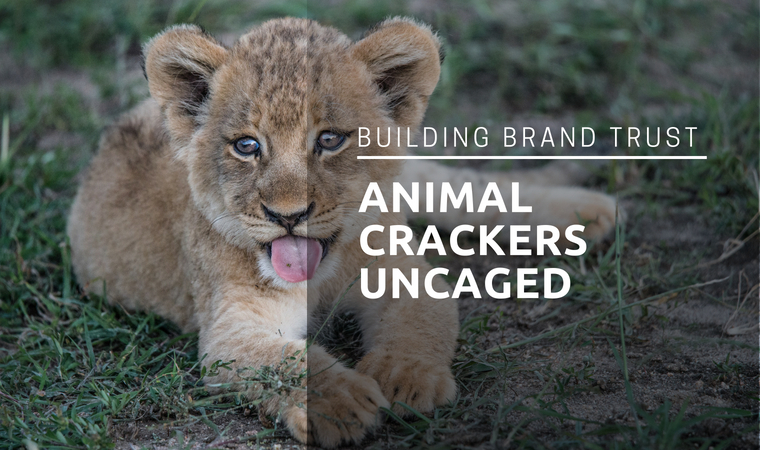
After 116 years, Mondelez International, the creator of Barnum’s Animals Crackers, unveiled a new illustration on its iconic animal cracker box to show the animals roaming free in the savanna. The old design featured circus animals cooped up behind the bars in a boxcar. This redesign, featuring animals freed from captivity, was spurred by the People for Ethical Treatment of Animals (PETA). The activist group began petitioning in 2016 by asking the food giant to take a stand against cruelly exploiting animals for entertainment.
“Throughout our history, we have leveraged and evolved our classic design to drive awareness around key animal and environmental issues,” a Mondelez spokeswoman said. “To continue to make the brand relevant for years to come, we felt this was the right time for the next evolution in our design, now showing the animals in a natural habitat.”
Making Snack History
When PETA contacted Mondelez about the insensitive packaging, the brand had a choice to make: fight it or embrace it. Mondelez seized an opportunity to modernize their product without diminishing its appeal, and masterfully turned a potential PR crisis into a positive opportunity to celebrate the brand. At the same time, the company was able to meet the request of the activist group, who helped celebrate and promote the redesign. A win for both parties.
PETA has a reputation for pushing brands they believe are contributing to animal cruelty into crisis mode, just ask The Ringling Bros. or SeaWorld. When presented with this challenge, Mondelez proved that an older brand can modernize their mentality to meet their audience’s needs without sacrificing the company’s history or diminishing the product. Trends are constantly evolving, and it’s important for brands to be aware of social taboos. What worked a few decades ago might alienate today’s audience.
It’s important to remember that while messaging changes over time, the image is the brand’s identity. This brand’s image was iconic, making it difficult to change, but Mondelez found a way to update their identity in a meaningful way while minimizing the risk by keeping the overall image and branding the same. They were also able to boost their visibility by taking advantage of the partnership with PETA rather than creating an enemy and a PR crisis.
Strategic updates, even if they are influenced by potential threats to a brand’s reputation, are generally well received, but only if they happen before a crisis occurs. Taking the lead and getting ahead of a potential crisis allows the brand to pave the narrative and receive positive coverage, rather than letting the media and the public create a storyline.
[bctt tweet=”Take the lead and get ahead of a potential crisis, it will benefit you in the long run.” username=”stantoncomm”]
Building Brand Trust
2017 was filled with scandals and fake news, and 2018 was named the year of trust. People are more skeptical about what they read online, and brands must work harder than ever to gain public trust and improve their reputation. Changing the box design to show animals cage-free was a great move that keeps the brand in step with modern times and avoids a potential PR crisis.
